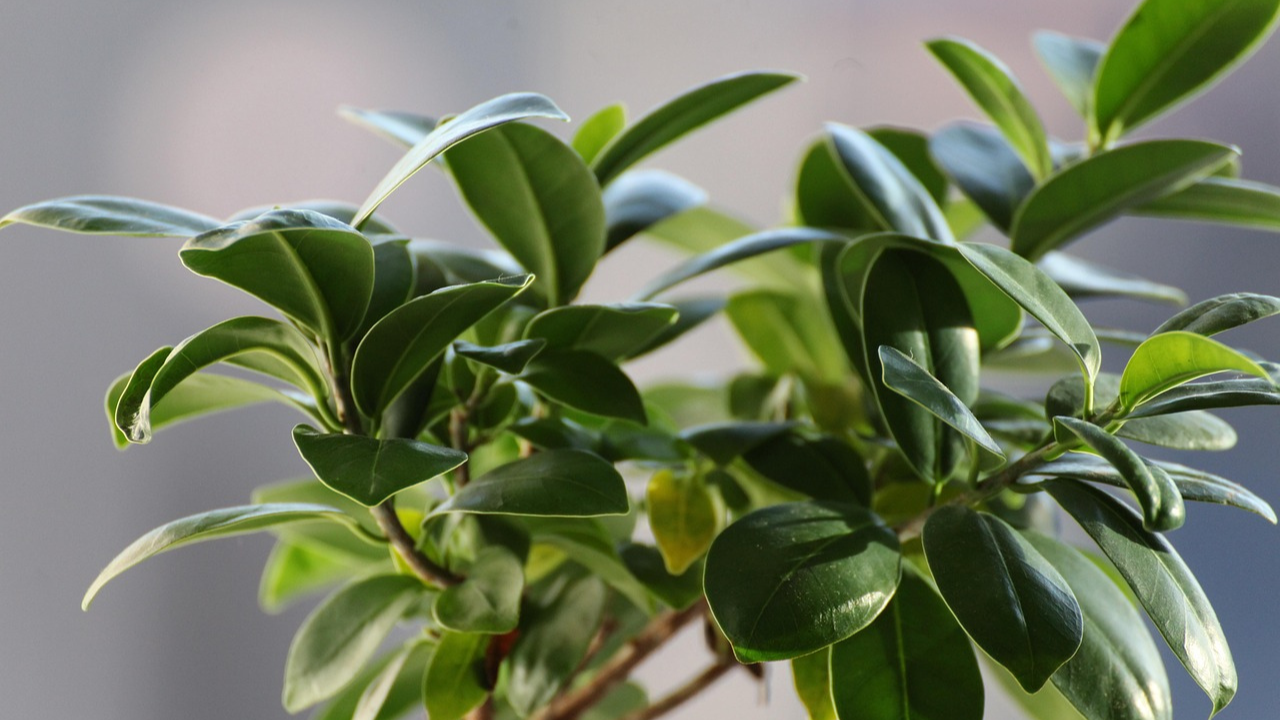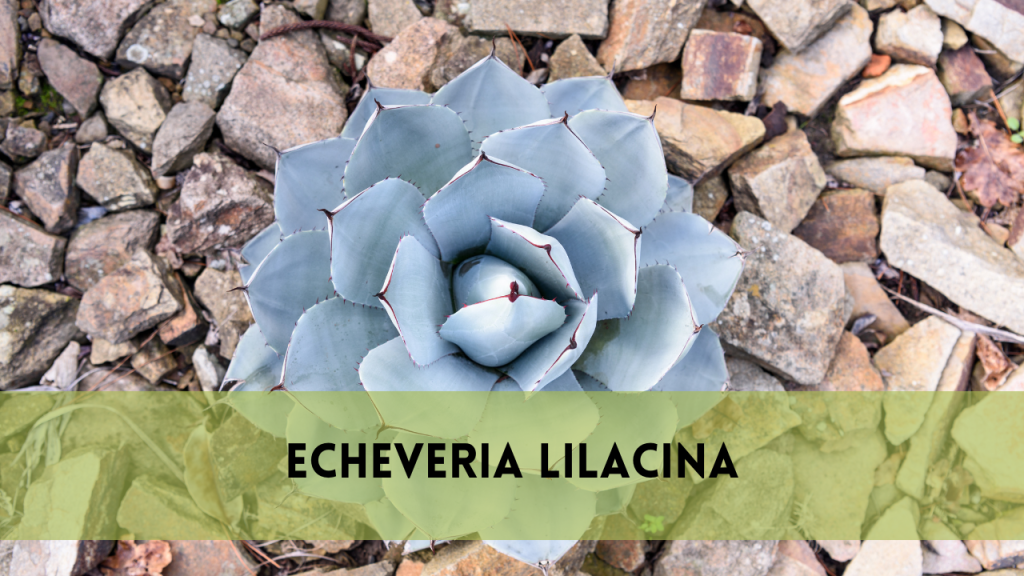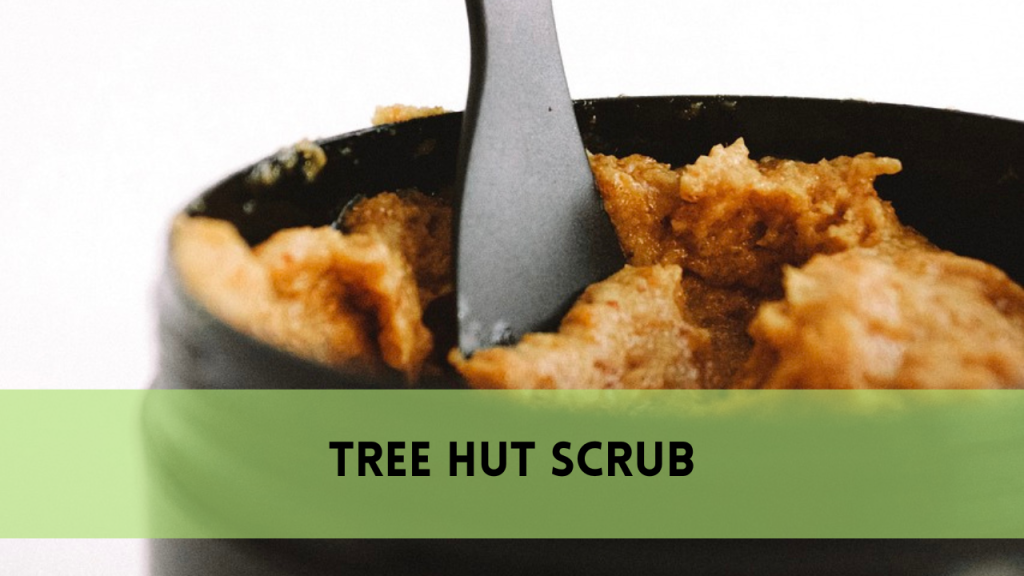The ficus tree plant is among of the most adored plants in the house, and with good reason. With its lustrous leaves and elegant design it can bring a sense of peace and tranquility to any room. If you’re an experienced gardener or new to the field it is easy to adjust and is a popular choice for offices, homes and even landscapes.
I can remember the first moment I spotted a ficus tree plant in a living space of a close friend. Its bright green leaves cascading towards the floor, immediately transform the space into a tranquil sanctuary. This is the beauty of ficus. It isn’t just a piece of furniture in a corner. It will be an integral part of your home’s style.
Types of Ficus Tree Plant: Finding the Perfect Match
There are many different ficus tree plants that are alike. Certain varieties are tall and majestic and some are smaller which is ideal for tabletops. Here are some of the most popular kinds:
- Ficus Benjamina (Weeping Fig) It is known for its thin leaves and delicate branches This variety is a favorite indoors with lighting.
- Ficus Lyrata (Fiddle leaf Figure) Large violin-shaped leaves This is a top choice design for modern interiors.
- Ficus Elastica (Rubber Plant) The leaves are thick and waxy. make it a tough plant for people who prefer low maintenance.
- Ficus Microcarpa (Ginseng Ficus) It is commonly referred to as a bonsai species has a distinct twisting trunk.
Each is unique and appeal, so picking the best one is based on the space you have and preferences for care.
How to Care for Your Ficus Tree Plant
A ficus tree plant won’t be demanding however it appreciates the consistency. Here’s how you can maintain it’s health:
Light Requirements
Ficus trees love bright, indirect light. A lot of direct sunlight could burn their leaves, and insufficient light causes the trees to lose their leaves. An area in front of a north or east-facing window is the best.
Watering Tips
Overwatering is one of the most effective ways to hurt the ficus. Let the top layer of soil dry out prior to watering again. If your leaves turn yellow, it could be because you are doing it a disservice (and excessive amounts of water!).
Humidity & Temperature
They love humid conditions, making them ideal for kitchens or bathrooms. If your home isn’t dry it is recommended to mist the leaves every now and then. It can help. Avoid drafts, as they are not a fan of sudden temperature changes.
Pruning & Shaping
Are you looking for a ficus that is more bushy? Light pruning encourages new growth. Simply trim the branches that are leggy then your plants will repay you with a lusher appearance.
Common Ficus Tree Plants Problems (And how To Fix Them)
Even the most basic plants aren’t without their flaws. Here’s the signs to look for:
- Leaf Fall The sudden shift in temperature or light can cause leaves to drop. Do not panic, adjust the conditions and it will rebound.
- Insects like spider mites as well as mealybugs often attack the ficus tree. Wipe the leaves clean with an damp cloth or insecticidal soap.
- Root Rot: A soggy and sloppy soil contributes to root rot. Make sure that the soil is properly drained and beware of overwatering.
The majority of issues can be fixed with just a bit of time and. The trick is to be aware of your plant and reacting promptly.
Designing Your Space with Ficus Tree Plant
A ficus tree’s not just a plant; it’s a feature of design. Here’s how you can bring it to life:
- Living Rooms: Set an imposing fiddle leaf fig in front of an armchair for a striking focal area.
- Bedrooms: A smaller fruit adds peace without overpowering the room.
- Offices The presence of a rubber plant placed on the desk can add an atmosphere of work.
With the proper pot and the right placement your ficus can enhance the aesthetic of any space.
It Is the Ficus Tree Plant: A Plant with A Long History
Did you know that the ficus tree plant holds significance in the culture? In certain traditions it is a symbol of happiness and peace. The well-known Bodhi tree, where Buddha was able to attain enlightenment is a ficus. The rich history of this tree adds an additional dimension of significance to the presence of a ficus tree in your home.
FAQs
How often do I need to keep my ficus tree plant hydrated?
The top of the soil is dry. Usually, it happens once per week, but you can adjust it according to light and humidity.
Can ficus tree plant thrive in dim light?
While it is tolerant of low light, high-indirect light is what keeps it at its best. A lack of light could result in leaf loss.
What is the reason my ficus leaves are changing color?
Yellow leaves usually indicate the overwatering. Make sure to check the soil and stop the amount of watering if it’s not enough.
Are the ficus tree plant pet-friendly?
They are poisonous to dogs and cats when they are eaten. Be sure to keep them away from the the reach of your pets.
How fast will a ficus tree plant expand?
Indoors, they tend to grow slowly (about 6-12 inches annually). In the outdoors, they can increase their growth much more quickly in the right conditions.
Conclusion:
If you’re searching for an air purifying houseplant or beautiful landscape feature the ficus tree plant will provide. Its flexibility, beauty and low-maintenance makes it a classic choice.
If you’ve thought about growing some greenery in your space Why not begin with an ficus? It’s not just an ornamental plant, it’s a living work of art that will grow with the changes in your life.




